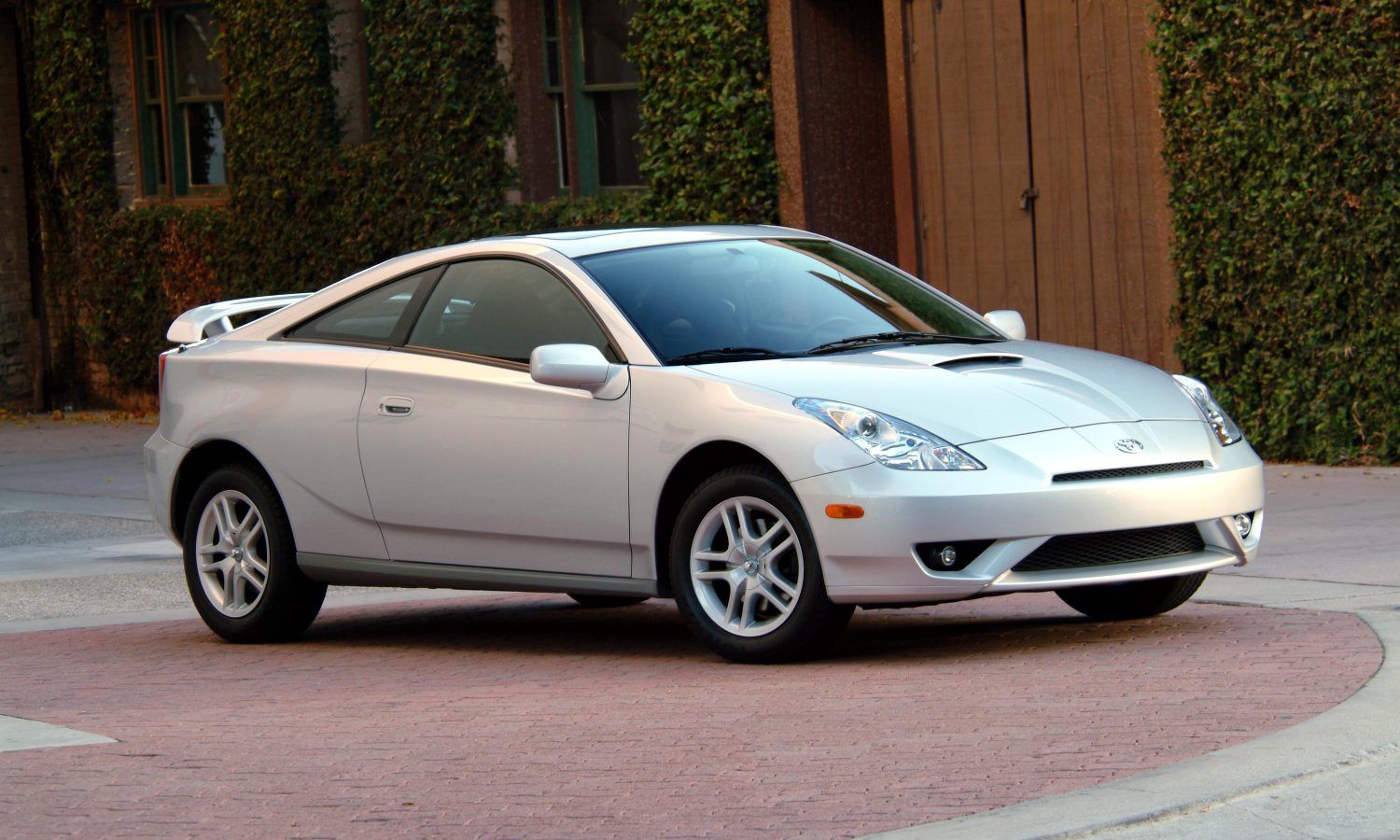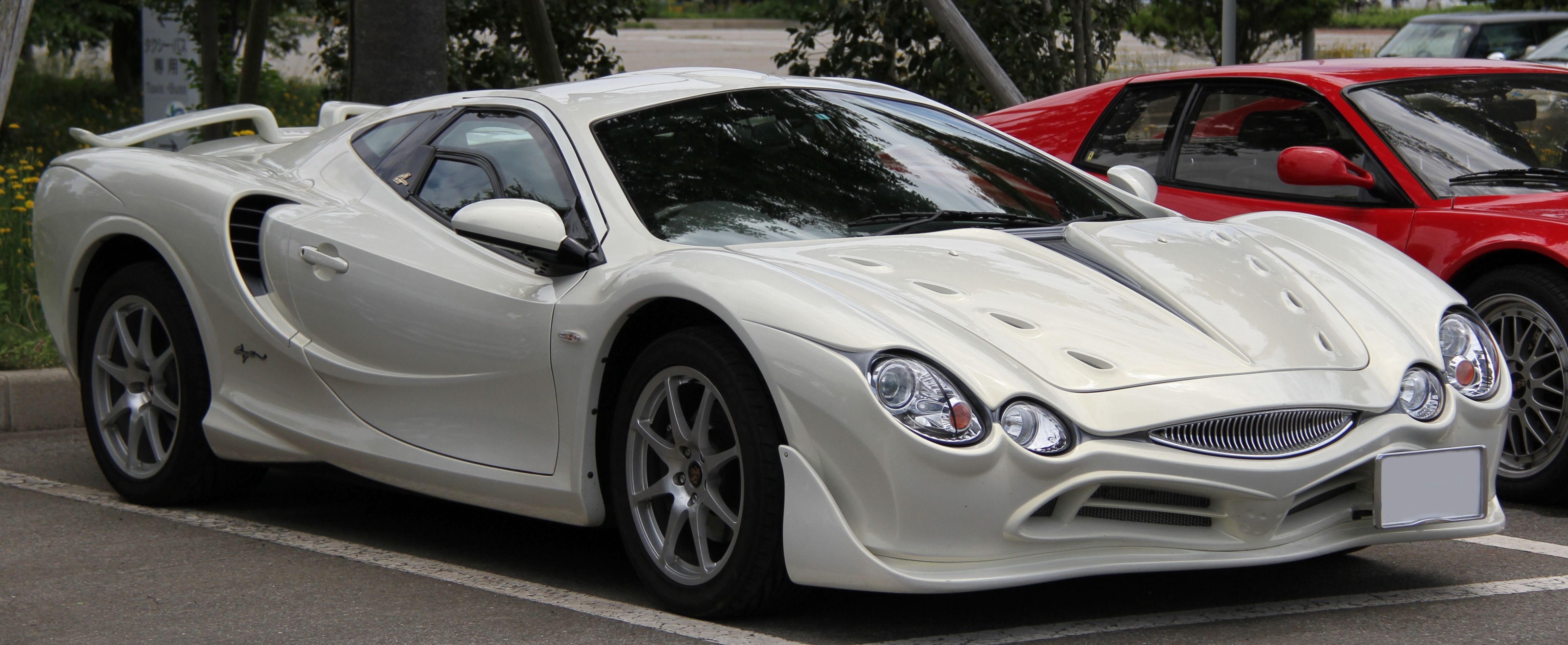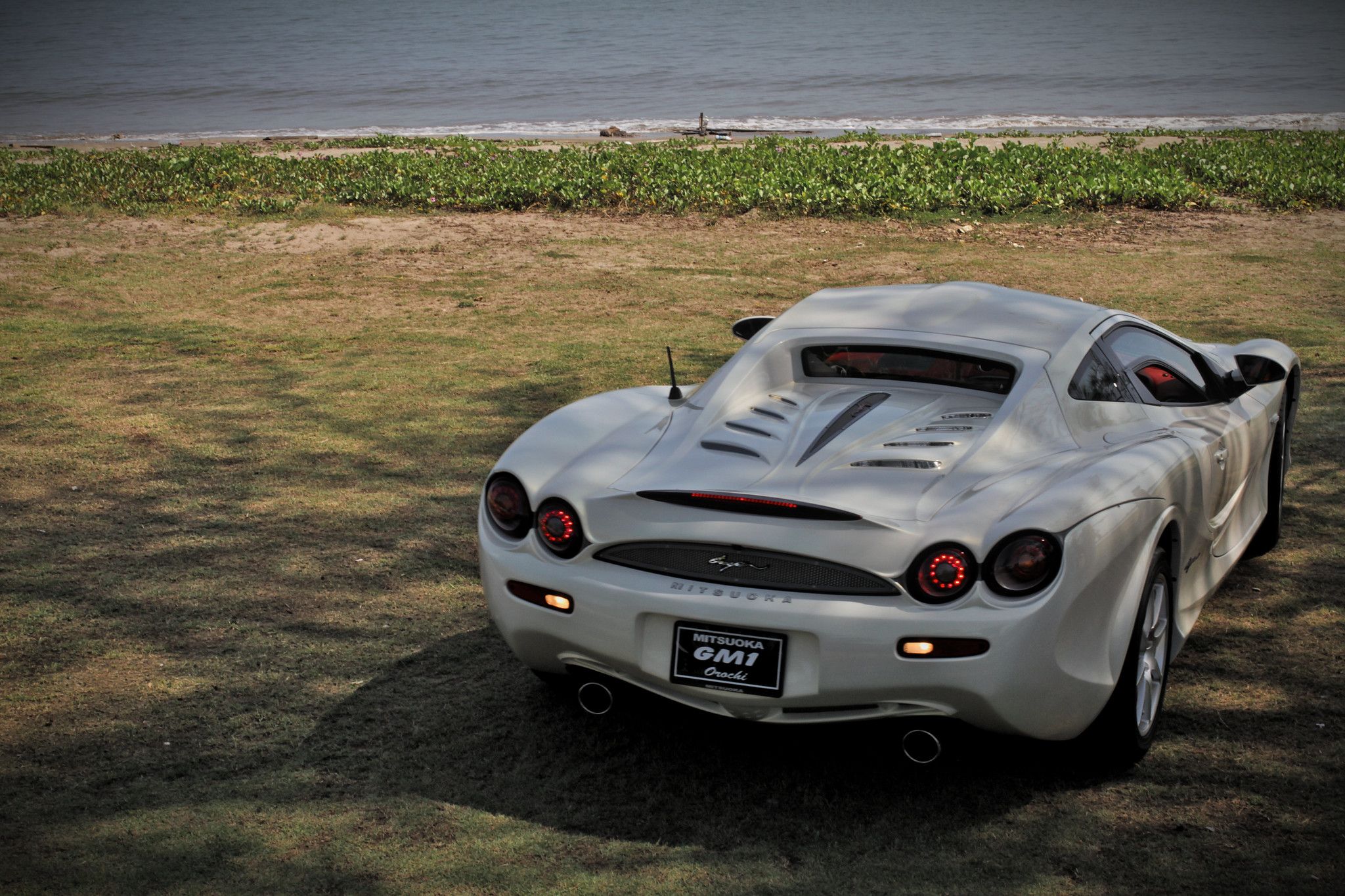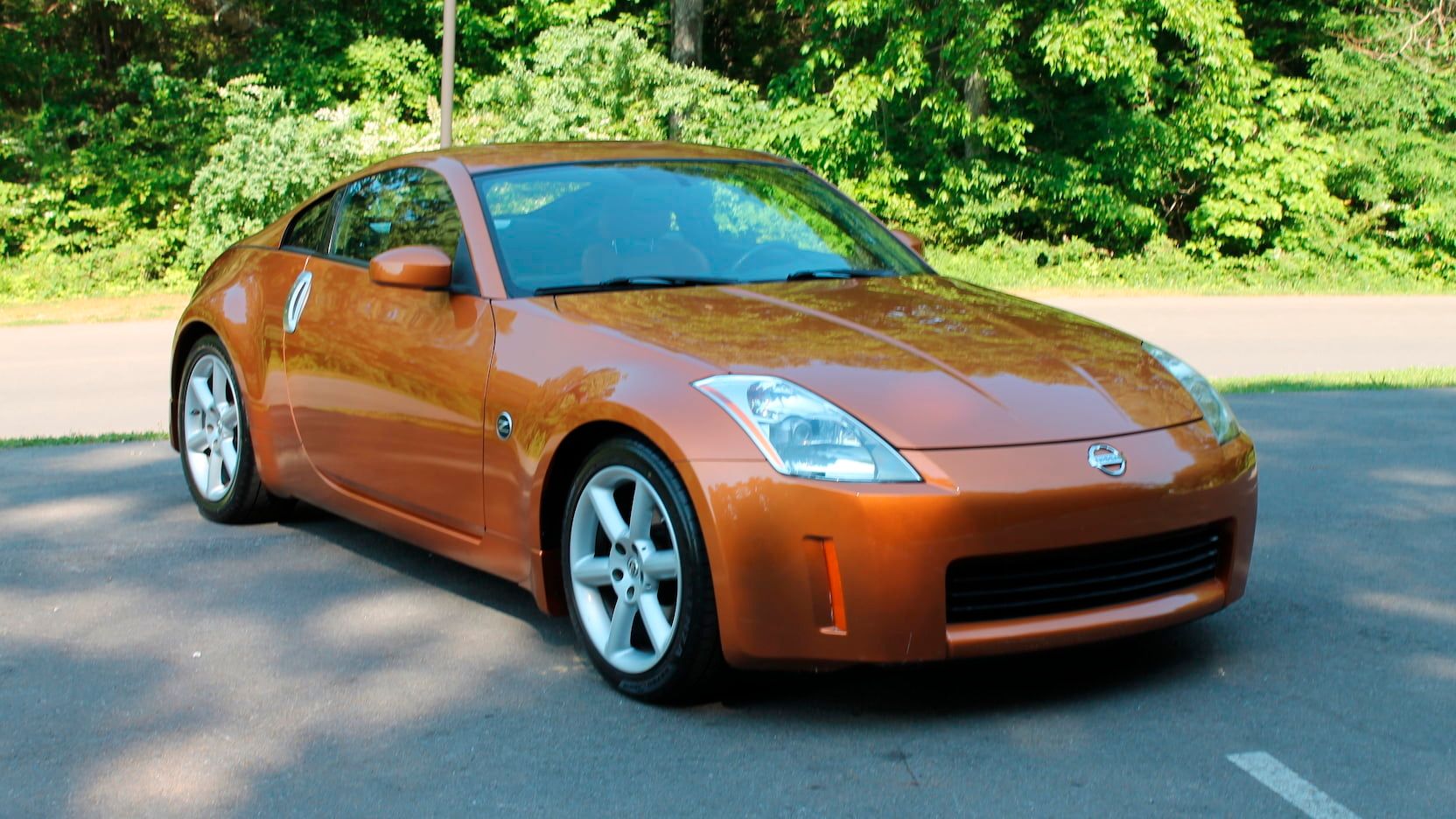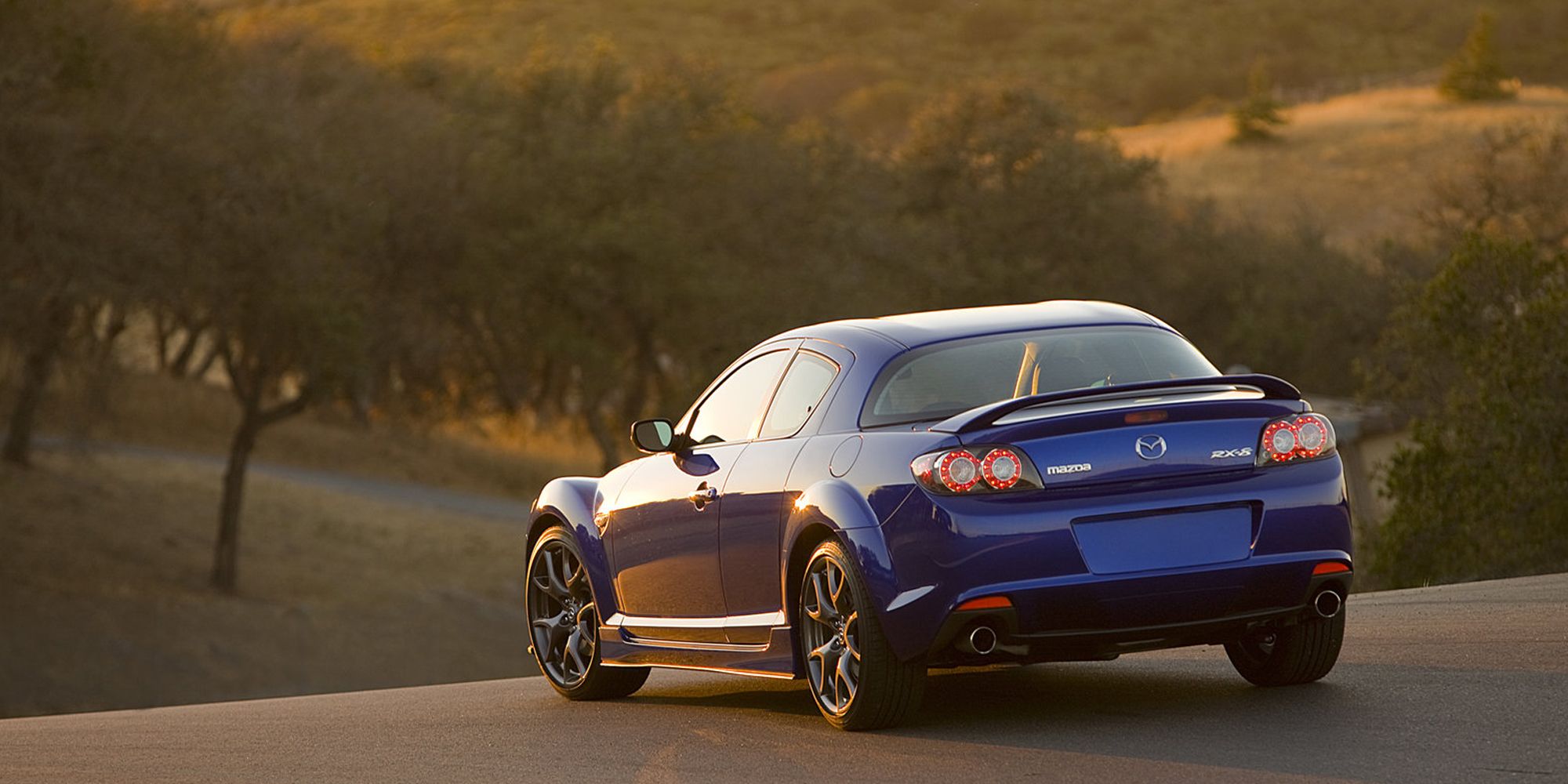Although Japanese carmakers caught the sports car bug late when compared with Europe and America, it wasn’t long before their impact began to be felt globally. Japan soon became known for producing some of the most reliable sports cars on the market, and they are also affordable. Some of Japan’s finest models can even stand toe to toe with foreign counterparts in terms of styling and dynamic performance.
The 20th century saw the rise of iconic models like the ’60s Toyota 2000GT and the legendary Skyline GT-R of the ’90s. By the time the 21st century arrived, Japanese carmakers and their sports cars had built a well-earned reputation in the industry. They have had a lot of hits in the last two decades so picking the best five for this list hasn’t been easy. On the other hand, since they are not immune to the occasional mistake, there have been a lot of misses too. So read on for a review of the five best and the five worst JDMsports cars of the 21st century.
10 Best: Nissan GT-R Nismo
The GT-R Nismo is a track-focused and race-ready variant of the Nissan GT-R (R35) created by Nissan’s in-house performance division. Under the hood, the same 3.8-liter twin-turbo V6 in the standard version is tuned to crank out 600 hp and 481 lb-ft of torque.
To extract better performance from the new car, it was given lighter parts, a Nismo-tuned suspension, more powerful brakes, and several aerodynamics upgrades. Boldly styled, well balanced, and agile, the GT-R Nismo hits 60 mph in an explosive 2.5 seconds on the way to a top speed of 205 mph.
9 Best: Lexus LFA
Designed as a test bed for new performance-related car technologies, the development of the Lexus LFA took the better part of a decade. After showing several concepts over the years, the production version was unveiled in 0ctober 2009 at the Tokyo Motor Show.
More than half of its body composition by mass is made from carbon fiber-reinforced polymer (CFRP) materials while power comes from an exclusive 553 hp V10 mill. Before production ended in 2012, a circuit-tuned version, the Nurburgring Edition was offered, boasting more power, a stiffer suspension, and a huge rear wing.
8 Best: Subaru BRZ
The BRZ, also marketed as the Toyota GT86 and Scion FR-S, was jointly developed by Toyota and Subaru and debuted at the Tokyo Motor Show in 2011. Built at Subaru’s main plant, the BRZ is powered by a naturally-aspirated 2-liter flat-4 engine rated at 197 hp and 151 lb-ft of torque.
Boasting a low center of gravity and a 53/47 front/rear weight distribution, the lightweight BRZ is one of the best handling Japanese cars. Debuting in 2020, the second-generation BRZ is even better and features a new engine that churns out more power.
7 Best: Mazda MX-5
The MX-5 Miata’s compact and lightweight design has proven to be a winner that has impressed buyers, critics, and journalists across 4 generations. Apart from being reasonably priced, it delivers pure and engaging driving fun, thanks to a perfect front/rear weight distribution and convertible body style.
Although the MX-5 has grown in sophistication and power over the years, it has been consistent in delivering zesty performance as a lightweight RWD roadster. No wonder it is on everyone’s best list while amassing a long list of awards including the world’s best-selling roadster.
6 Best: Honda S2000
Launched in 1999 to mark Honda’s 50th anniversary, the S2000 was one of the hottest Japanese sports cars available during its 10-year production run. With an output of nearly 120 hp/liter from a naturally-aspirated I-4 engine, the lightweight roadster had the performance to justify the $34,995 MSRP.
Thanks to the high output/high redline of the engine, the deft handling, and the sweet-shifting gearbox, it got rave reviews from top motoring publications. It was more sophisticated and expensive than the Mazda MX-5, and today, it sells for well over the original asking price.
5 Worst: Mitsubishi Eclipse
Although the Eclipse debuted as a decent driver’s car offering different engine options, it wasn’t long before it was recalled over lockup of the transfer cases. More recalls soon followed in 2005, the first being over faulty brake boosters that could separate and result in a total loss of brake.
Still, in 2005, the Eclipse was also recalled over improperly installed seals in the brake master cylinder that could reduce braking pressure. Apart from a 2008 recall over bad fuel tank mounting brackets, it was also recalled for corrosion of the ABS unit which could cause brake failure.
4 Worst: Toyota Celica GT S
Toyota is one of the world’s top carmakers, and it has been consistent in building reliable vehicles most of the time. The Celica was a day one hit when it was launched in 1970, and for 6 generations it built a solid reputation and great success.
For the seventh generation, the Celica came in one body style that was plagued by problems ranging from oil pumps and filters that didn’t work properly. Furthermore, to squeeze any form of performance from its underpowered engines, you had to rev it well past 6000 rpm.
3 Worst: Mitsuoka Orochi
Named after a mythical 8-headed Japanese dragon and categorized as a ‘Fashion-Super Car’, the Mitsuoka Orochi was launched in 2006. It is an attention grabber that was designed to turn heads with its bold design, a design that has earned it a spot on many “ugly car” lists over the years.
The Orochi is one of the Japanese sports cars that looked the part but lacked power. The sole power unit was a 3.3-liter V6 mill that cranked up a pitiful 230 hp. The Orochi could only waltz to 60 mph in 7 seconds and top out at about 150 mph – hardly what one would expect from a supercar.
2 Worst: Nissan 350Z
Although it had a great power-to-weight ratio, excellent road holding, and agility, the Nissan 350Z also gained the reputation of being one of the most dangerous cars. A study conducted by the Insurance Institute for Highway Safety (IIHS) in 2011 on 2005-2008 models revealed some scary facts and figures.
With 143 deaths per million registrations during the said study period, it became the most deadly car on American roads. As if that wasn’t enough, it also accounted for 90 deaths per million registrations in single-vehicle crashes within the same period.
1 Worst: Mazda RX-8
After selling the fast, mad, aggressive, and successful RX-7 for 3 generations, Mazda brought in the RX-8 as a replacement. Boasting a lightweight body, a 50:50 front/rear weight distribution, and a smooth engine, the RX-8’s driving dynamics don’t leave much to be desired.
Unfortunately, it came with an unreliable rotary engine that was plagued with a failing catalytic converter and failed coolant seal which could cause compression loss. In addition, it also faced power steering failure thanks to corrosion of the connections for the power steering assist motor.
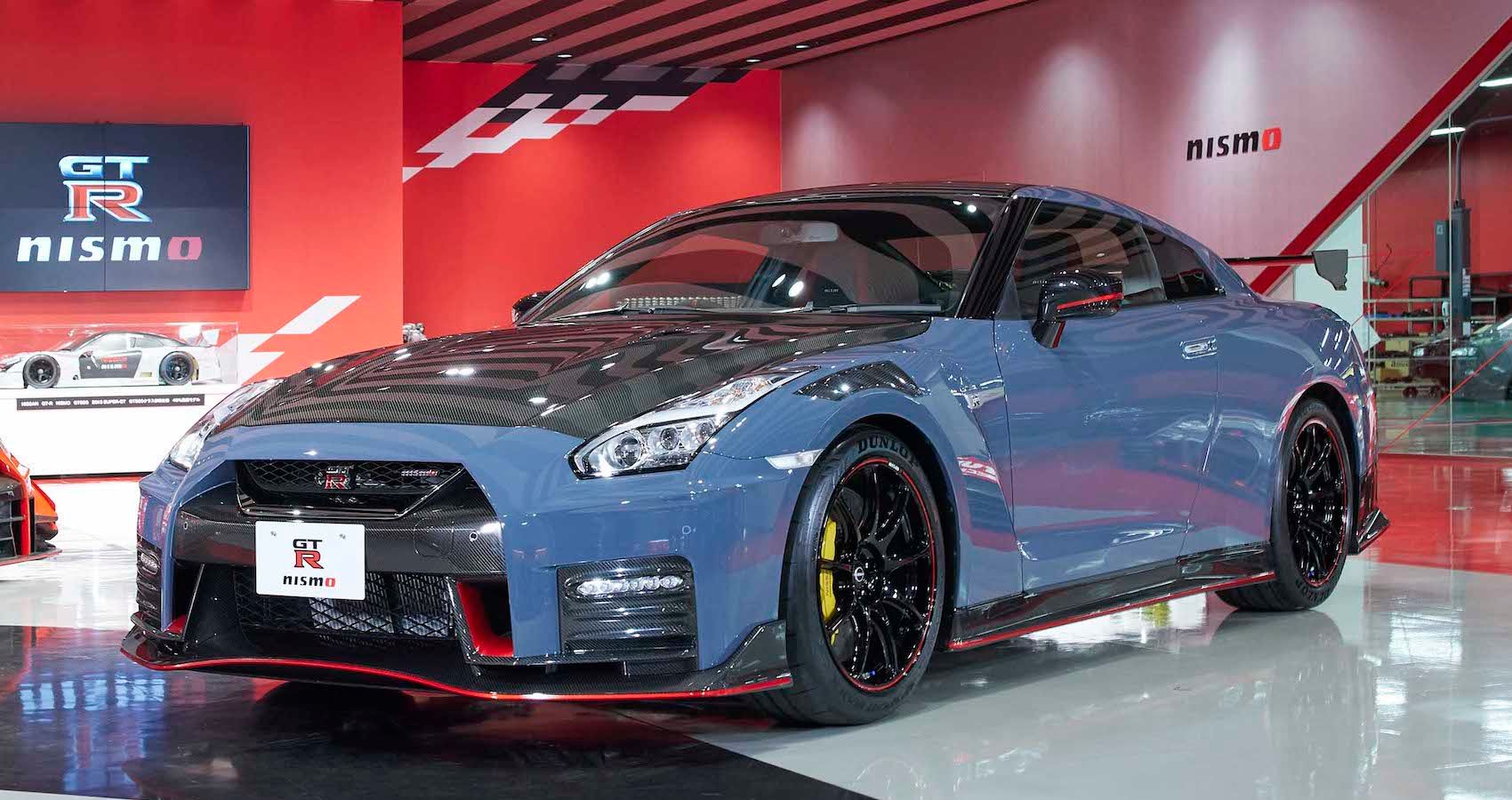
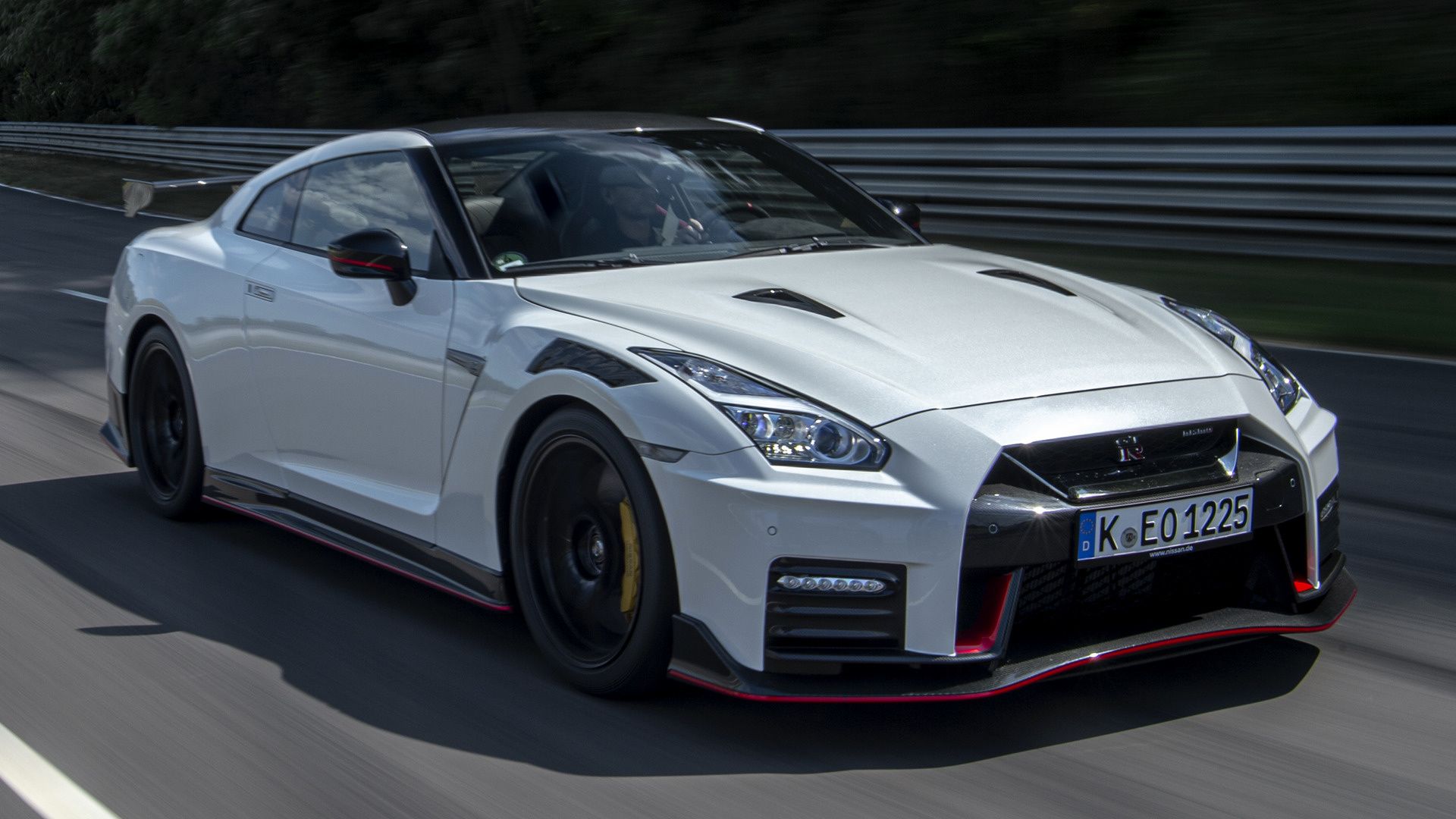
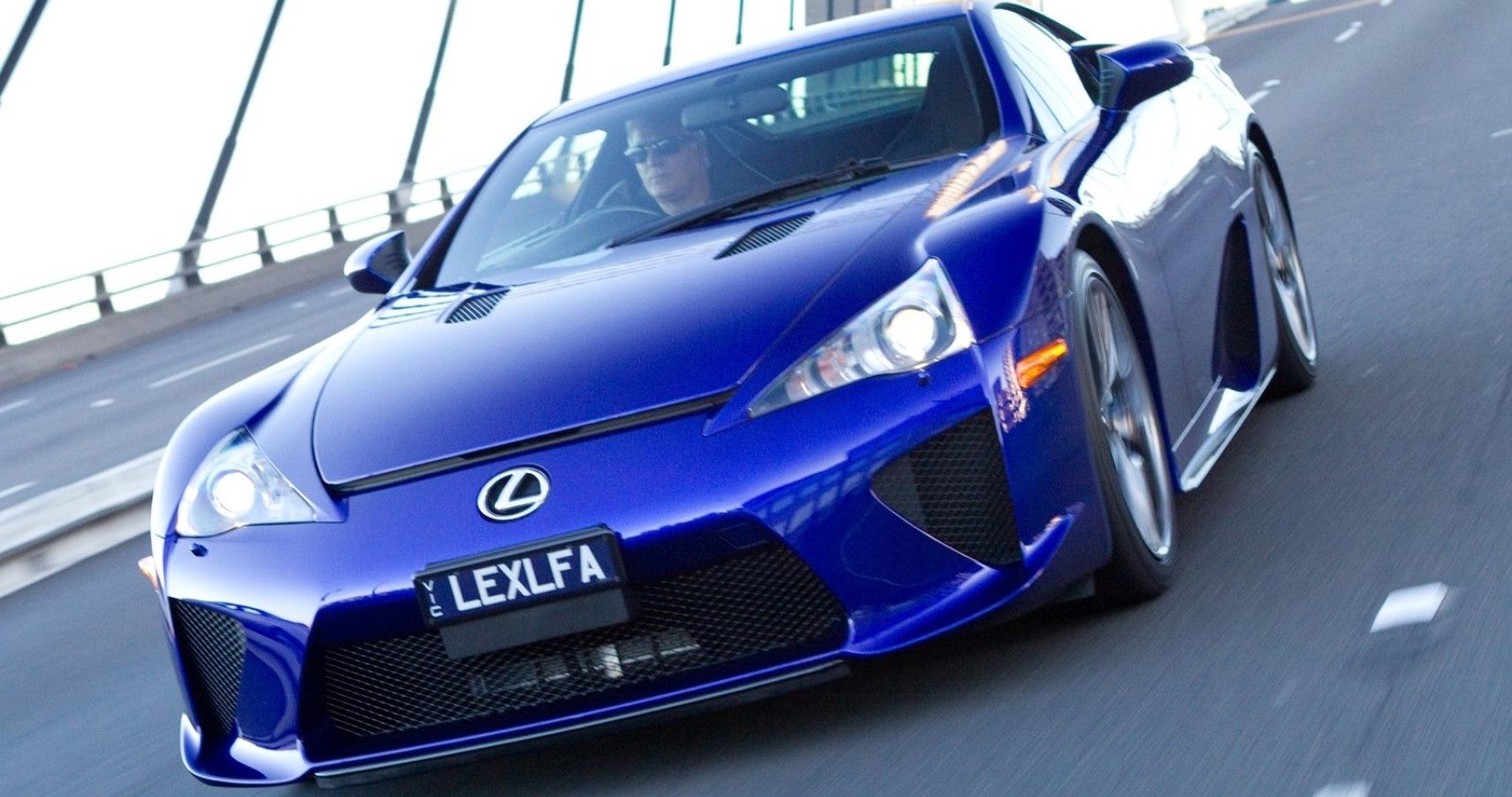
.jpg)
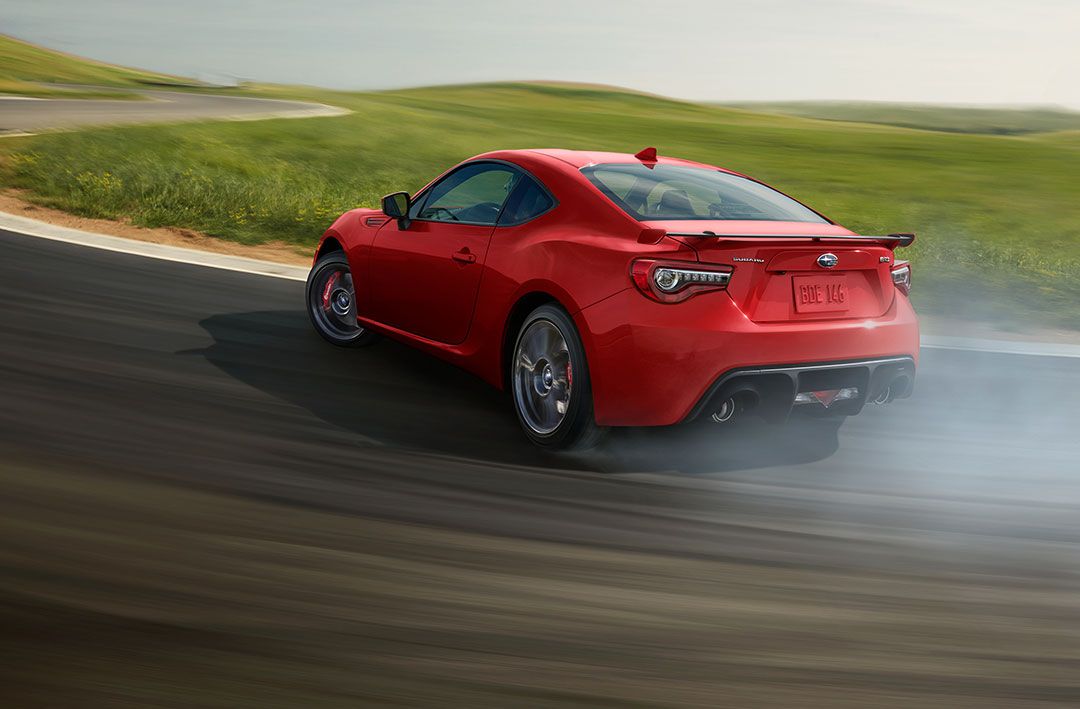



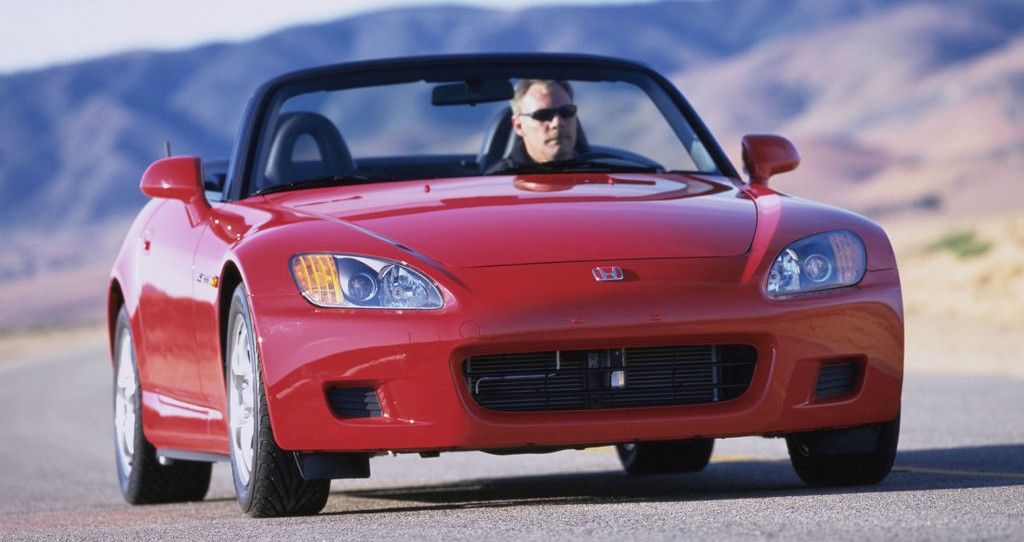

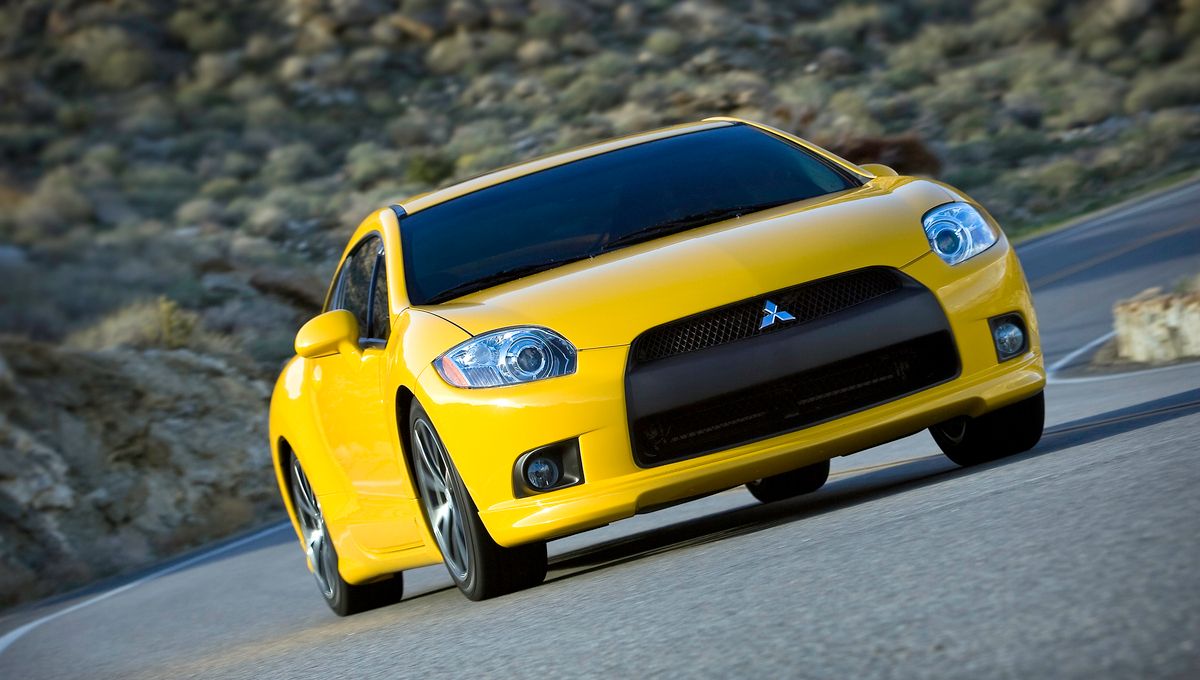
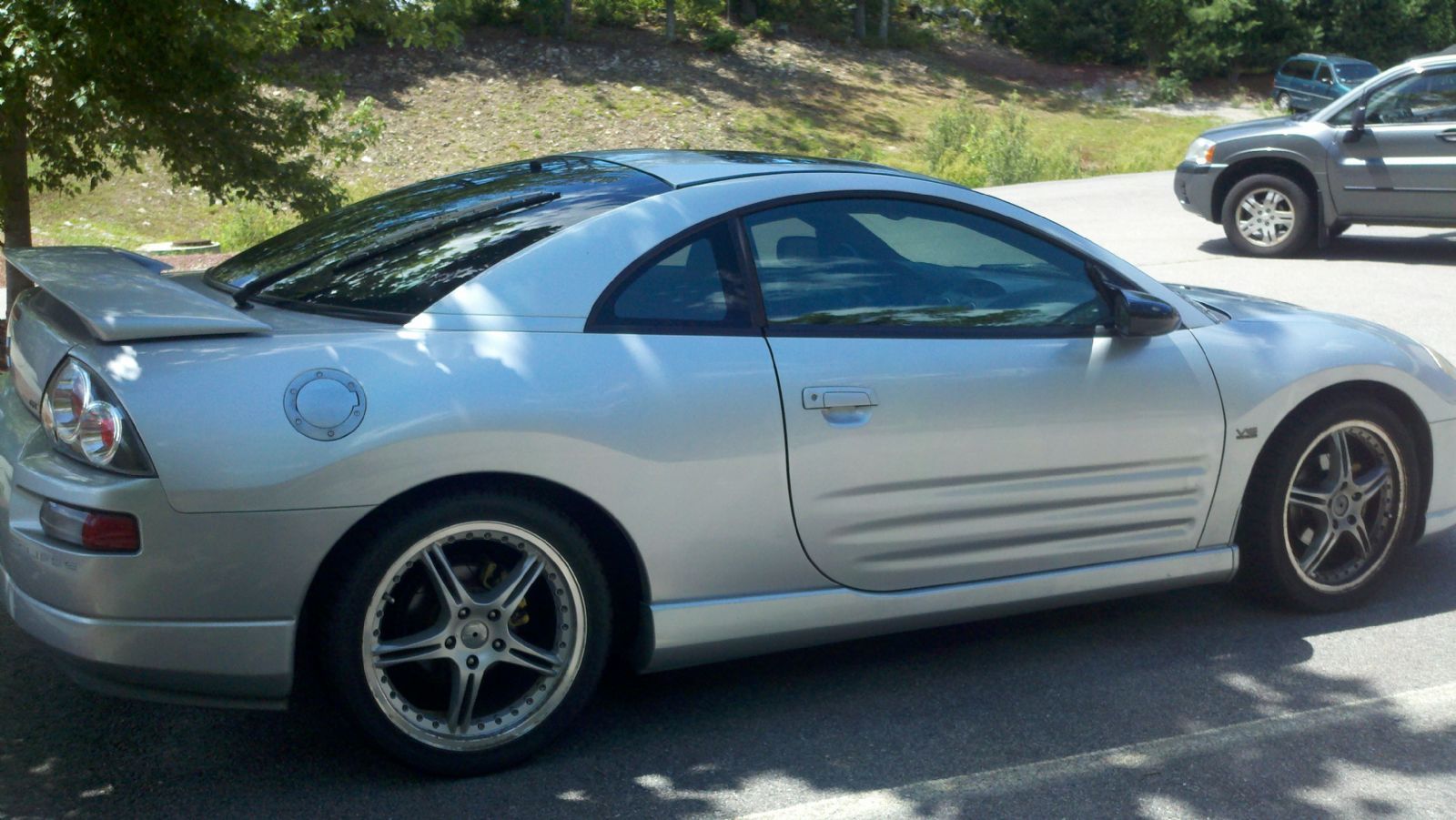
.jpg)
